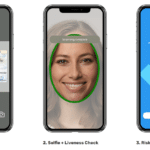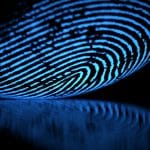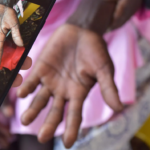ID R&D reveals top passive biometric PAD scores in DHS evaluation

ID R&D is the biometrics developer that detected all spoof attempts with a passive liveness system and met the threshold for useability on multiple devices in an evaluation for the U.S. government.
The Remote Identity Validation Technology Demonstration (RIVTD) Track 3: Presentation Attack Detection (PAD) was held by the Department of Homeland Services’ Science and Technology Directorate (S&T), and the results were announced with the participating vendors anonymized. The evaluation assessed biometric liveness detection technologies in an operational scenario, and followed earlier tracks for ID document authentication and selfie biometrics matching.
The Mitek company has revealed that it submitted the PAD-P9 software, which met the 3 percent threshold for bona fide presentation classification error rate (BPCER) on both Android devices tested, only missing it on the iPhone 14 Base model. More impressive, the company scored a 0 percent attack presentation classification error rate (APCER). The only other passive PAD system to score a perfect attack classification rate not meet the usability threshold on any of the three smartphones tested.
DHS S&T evaluated 21 systems, 15 of them passive.
ID R&D’s IDLive Face also returned results in less than a second, much faster than the other passive PAD system with a 0 APCER. The company also says in its announcement it demonstrated no detectable bias across all demographics.
The company notes that most of the active systems tested missed the benchmark for speed and also showed significantly higher BPCER for older users.
“This evaluation validates what we’ve always believed — that strong fraud protection doesn’t have to come at the expense of a seamless user experience,” says Alexey Khitrov, chief technology and innovation officer at Mitek. “Our AI-powered solution raises the bar, offering unmatched security and inclusivity in remote identity verification.”
IDLive Face is used by more than 150 ID R&D partners in over 70 countries, according to the announcement.
ID R&D also published a guide to mitigating video injection attacks for developers in July.
Article Topics
biometric liveness detection | biometric testing | biometrics | DHS | DHS S&T | ID R&D | passive facial liveness | presentation attack detection | Remote Identity Validation Technology Demonstration (RIVTD)








Comments